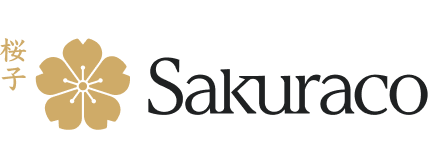japanese coffee, matcha
Japanese Coffee and Matcha: What’s the Difference?
Karina Ikedo
Posted on May 21, 2025
Share:

Regarding traditional Japanese beverages, matcha (Japanese green tea) often takes center stage. Its vibrant green hue and deep, earthy flavor make matcha instantly recognizable. With a centuries-old history rooted in tea ceremonies, it has become both a cultural staple and a symbol of mindfulness. But in recent years, Japanese coffee has quietly gained ground domestically and internationally.
Through hand-drip methods and precise café culture, Japan has transformed coffee brewing into a refined and respected art form. Both drinks continue to shape modern Japanese lifestyle and wellness trends. But how does Japanese coffee compare to matcha in taste, health benefits, and overall experience? Let’s find out!
The Rise of Japanese Coffee Culture
Japan’s relationship with coffee dates back to the 17th century. But it wasn’t until the 20th century that coffee truly found its place in everyday life. Today, Japanese coffee culture is thriving. From bustling convenience stores offering canned cold brew to third-wave cafes carefully brewing single-origin beans using pour-over methods.
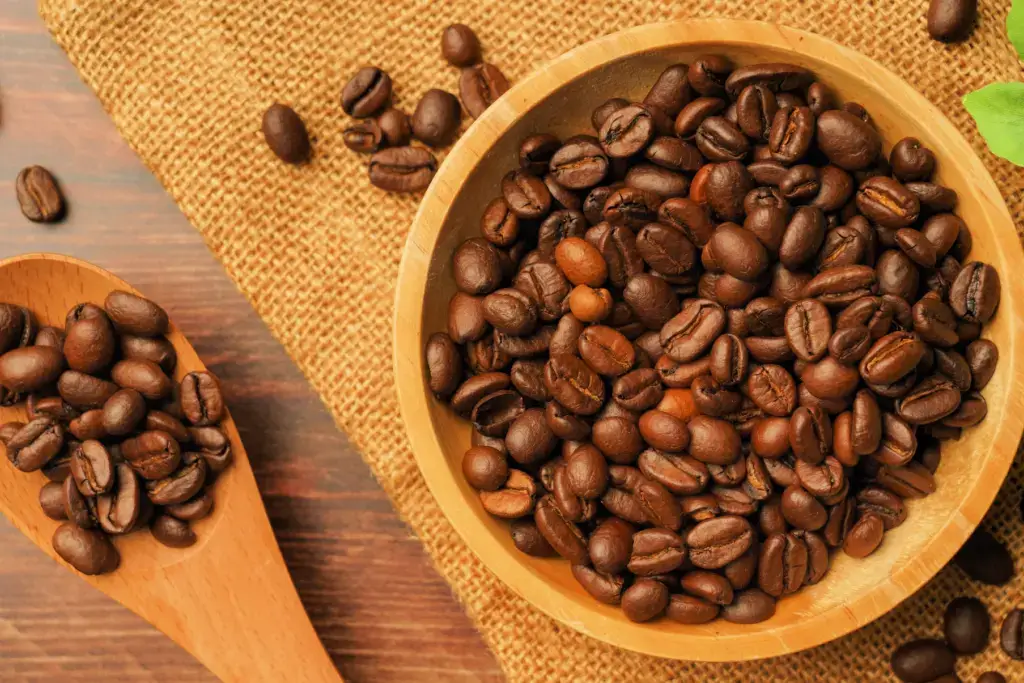
What makes Japanese coffee distinct is its balance of precision and hospitality. Cafés often focus on slow brewing methods like siphon and hand-drip, allowing for a smooth, clean flavor profile. Specialty kissaten (traditional Japanese coffee shops) offer a nostalgic, slow-paced atmosphere where coffee is served with ceremony. Japan isn’t a coffee-producing country, but it imports beans worldwide. These beans are often roasted to a medium-dark level, creating a rich and mellow brew.
Matcha: The Quintessential Japanese Tea
Matcha, unlike coffee, has been ingrained in Japanese culture for centuries. It’s made from stone-ground green tea leaves shaded before harvest to enhance their chlorophyll content and sweetness. It has long been used in traditional tea ceremonies and Zen practices.
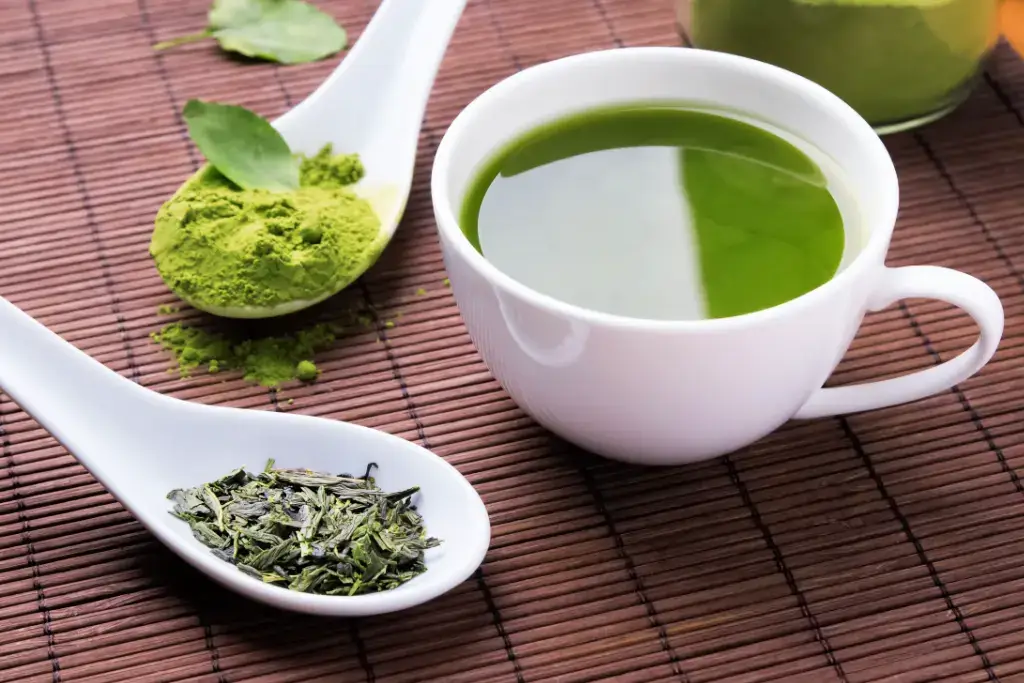
Today, matcha is enjoyed in many forms, from ceremonial-grade tea to creamy matcha lattes, baked goods, and even savory dishes. Its versatility has made it a global trend, but it remains rooted in mindfulness, ritual, and simplicity in Japan.
Caffeine: Quick Surge or Sustained Energy?
Let’s start with the obvious: coffee and matcha contain caffeine but affect the body differently. A typical cup of coffee contains between 80 and 100 mg of caffeine. It provides a rapid energy boost, making it the go-to morning drink for millions. However, this spike is often followed by a crash, leading to restlessness, low energy, or a sudden dip in mood.

Matcha, on the other hand, contains less caffeine, about 30 to 50 mg per serving. But it also includes L-theanine, an amino acid that promotes calmness and clarity. Together, they create a balanced energy boost, enhancing focus without the roller coaster effect of coffee. This calm alertness is one reason many people are switching to Japanese matcha for their daily ritual.
Whether you’re a coffee lover or a matcha devotee, the best way to enjoy your beverage is with something delicious on the side. Sakuraco delivers traditional Japanese snacks, teas, and sweets from local Japanese makers right to your door every month, perfect for pairing with your daily brew.
Health Benefits: A Nutrient Showdown
Both beverages offer a surprising array of health benefits, each offering unique advantages. Japanese coffee is rich in antioxidants, particularly chlorogenic acid, which helps fight inflammation and supports heart health. It has also been linked to a reduced risk of neurological conditions like Alzheimer’s and Parkinson’s. Coffee supports liver health and may lower the risk of liver diseases. It also provides essential nutrients like magnesium, potassium, and niacin.

Conversely, matcha is exceptionally high in catechins, powerful antioxidants that support cellular health and may prevent cancer. It’s known to boost metabolism and promote fat oxidation, making it a popular choice for those focused on weight management. Thanks to its high chlorophyll content, matcha also naturally detoxifies the body.
Combined with L-theanine, the caffeine in matcha enhances brain function while promoting a calm sense of alertness. Additionally, matcha may help lower blood pressure and improve cardiovascular health. While both drinks share benefits such as fat-burning and cognitive enhancement, matcha stands out regarding antioxidant content. It contains up to 137 times more antioxidants than regular green tea.
Taste and Preparation: Ritual vs. Routine
There’s no denying the cultural beauty in both beverages, but they offer different sensory experiences. Japanese coffee is often savored for its clean flavor and layered aromas. Whether brewed through a siphon, Chemex, or simple drip, the emphasis is on clarity and control. Each cup is an expression of craftsmanship.
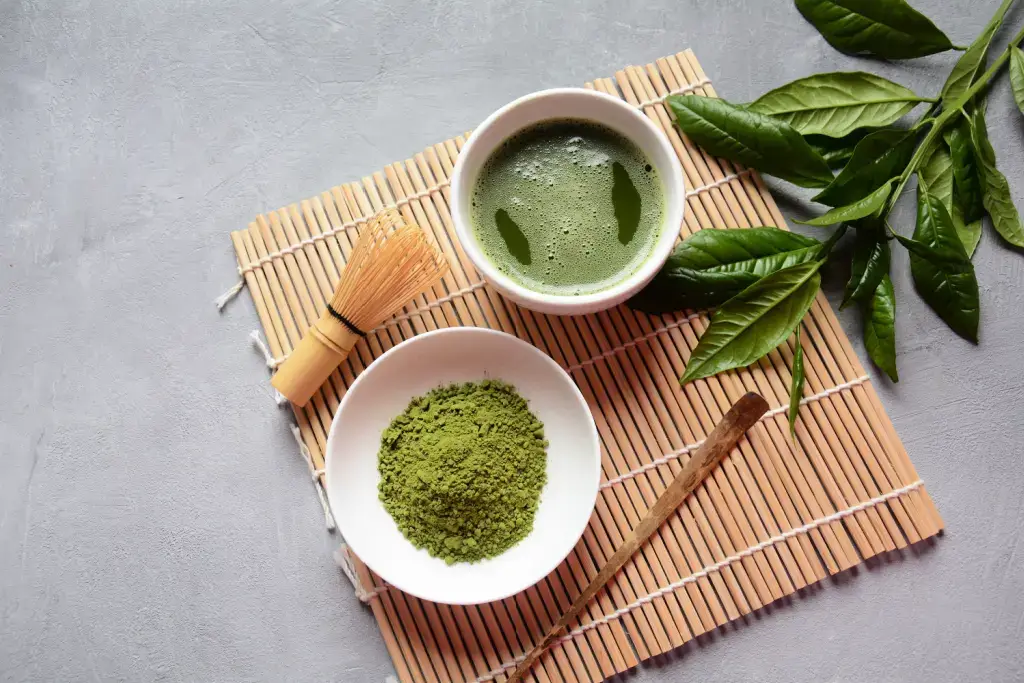
Matcha, by contrast, requires a whisk, a bowl, and a deliberate hand. The preparation can be meditative, involving slow, circular motions to create a frothy, velvety drink. The taste is vegetal, creamy, and slightly bitter, an acquired taste for some, but deeply grounding.
Oral and Skin Health
A benefit that may surprise you is that matcha could be better for your smile. Coffee is known to stain teeth and can sometimes contribute to bad breath. In contrast, matcha’s antibacterial properties help prevent plaque buildup and support oral hygiene.
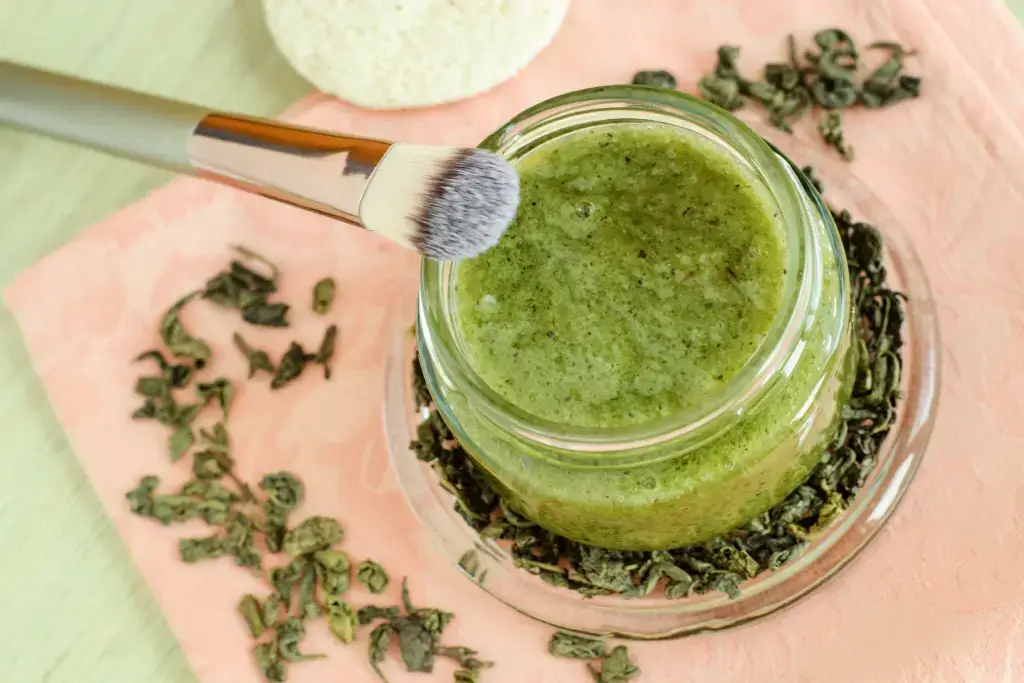
And when it comes to skincare, matcha contains epigallocatechin gallate, a powerful compound that reduces inflammation and fights acne-causing bacteria. Many Japanese beauty routines incorporate matcha-based products for this reason.
The Verdict: A Personal Preference
So, should you choose Japanese coffee or matcha? It depends on your lifestyle, taste, and what kind of energy you’re seeking. If you enjoy bold flavors and the rich aroma of freshly brewed coffee, Japanese coffee could be your perfect pick. It’s ideal for quick stimulation and pairs beautifully with Japanese desserts.
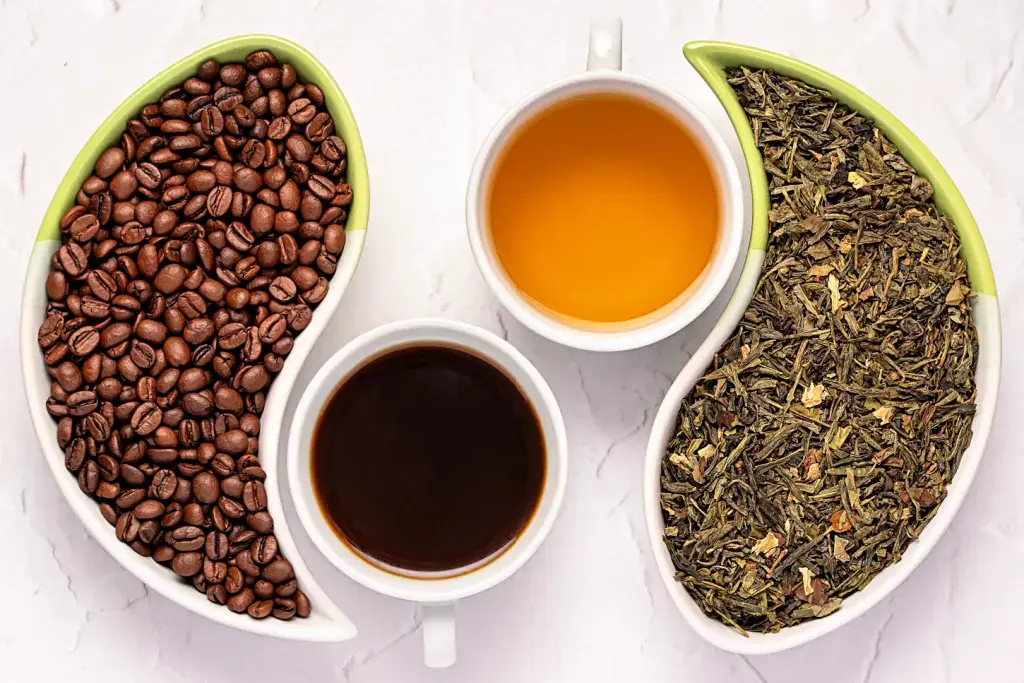
If you want sustained energy, clearer skin, and calm focus, matcha could become your new favorite morning drink. Do you prefer the bold kick of Japanese coffee or the calm energy of matcha? What’s your favorite way to enjoy either drink? Share your thoughts in the comments below!
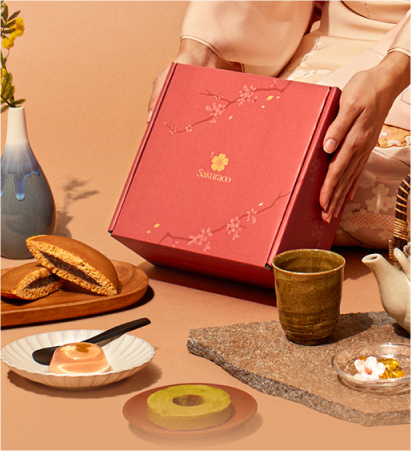
Discover authentic flavors with Sakuraco
Get Sakuraco 

Discover authentic flavors with Sakuraco
Get Sakuraco 
Related Articles
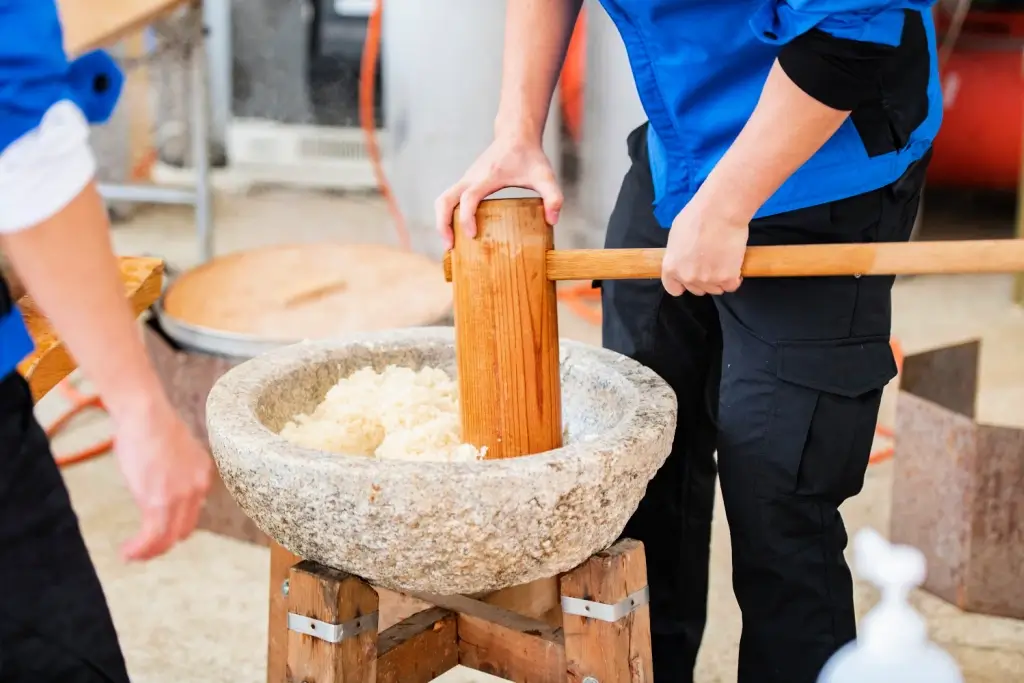
Mochi: How is Mochitsuki Made in Japan?
Mochitsuki is the Japanese tradition of pounding steamed rice to make mochi for the New Year. Families and neighbors gather to participate in this lively and meaningful tradition. The teamwork involved helps everyone feel a sense of connection.
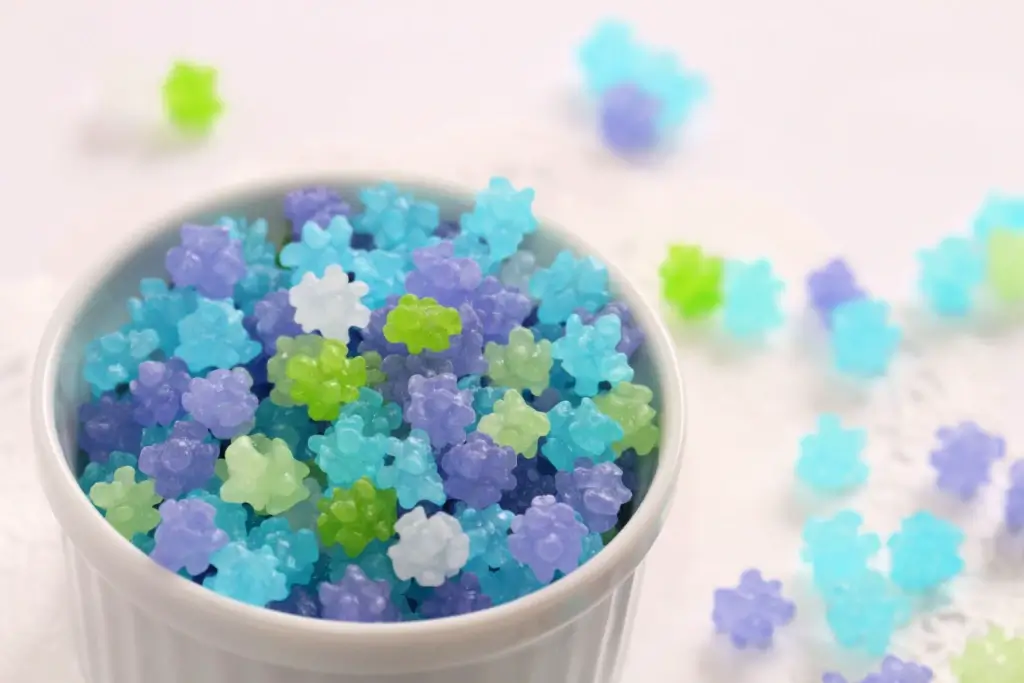
Konpeito Candy: What Makes This Starry Treat Shine?
If you are a fan of the famous Demon Slayer series, then you probably know that the favorite treat of the adorable Nezuko Kamado is those tiny, colorful little sweets.
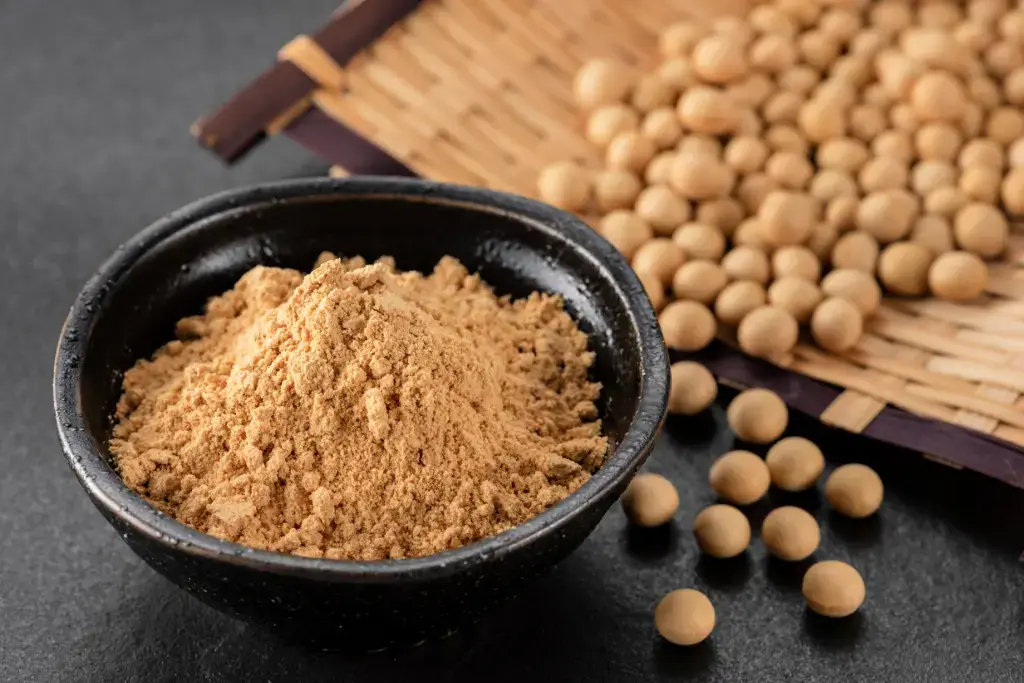
Kinako: The Amazing Roasted Soybean Powder!
Kinako is a very popular ingredient that can easily be found in many traditional Japanese sweets. It has a distinctive flavor, standing alongside other classic tastes such as red bean or sesame. Let’s explore this charming ingredient together, and who knows, you might even be able to make it in your own beloved kitchen!
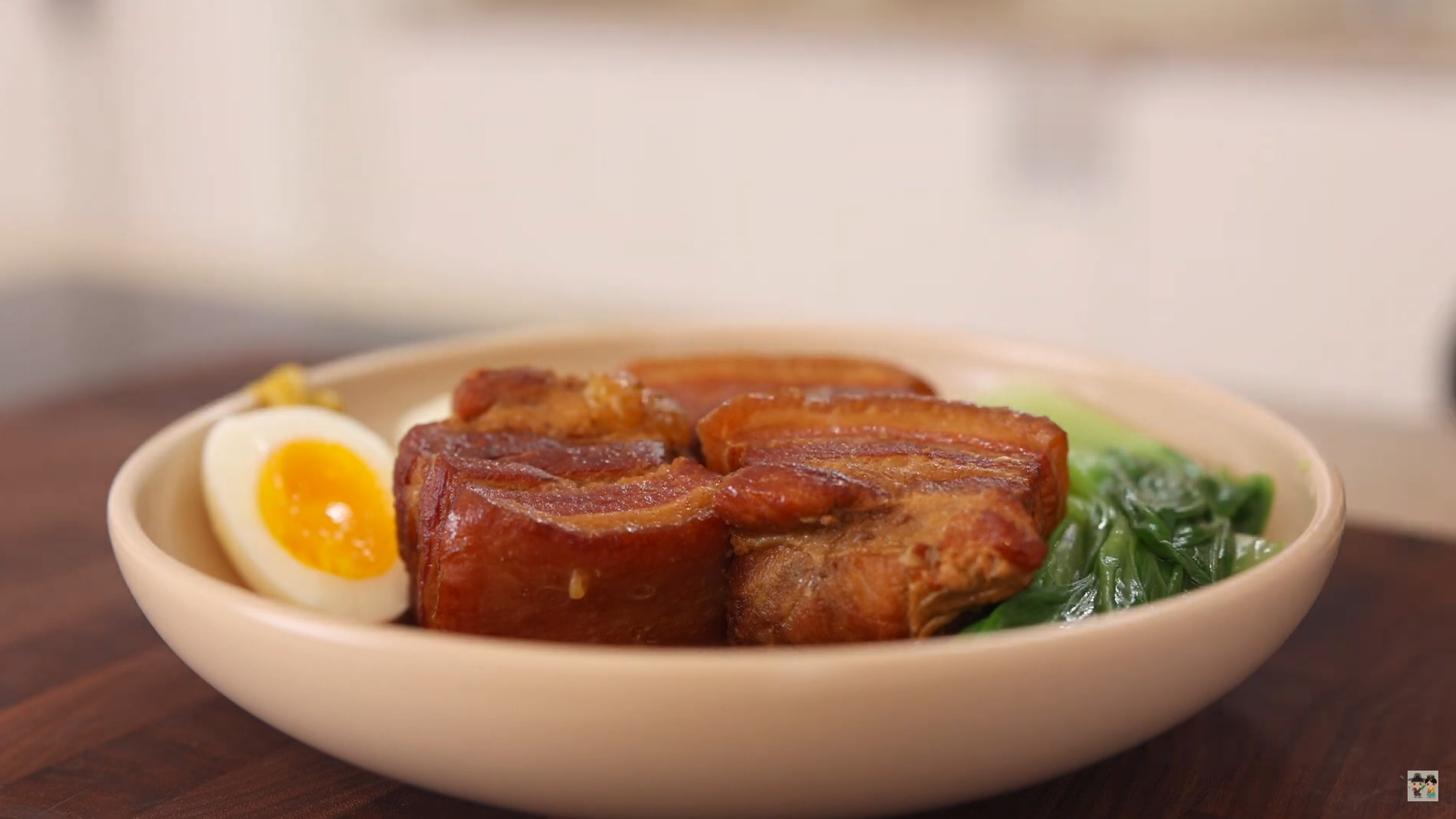
Aaron and Claire Make the Ultimate Japanese Pork Belly: Buta no Kakuni
If you want a Japanese dish that’s rich, tender, and simple to follow, Aaron and Claire show exactly how to make it in this episode. Aaron prepares Buta no Kakuni, a classic braised pork belly dish renowned for its rich flavor and tender texture.

